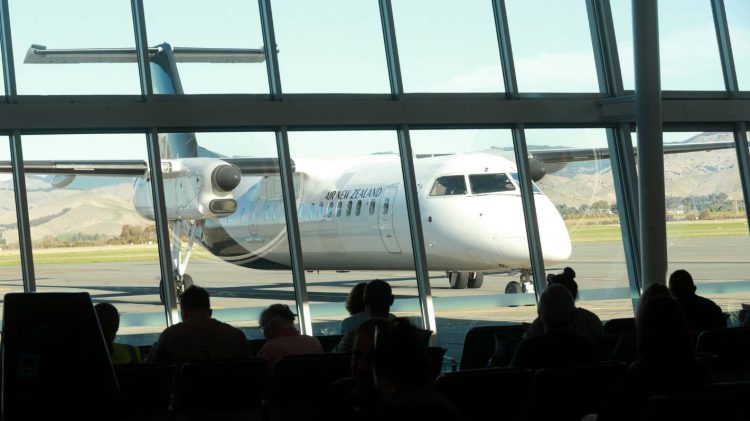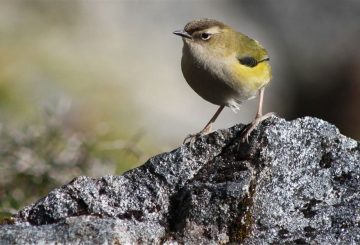The reopening of borders and the return of travelers and cruise ships have led to a recovery in the numbers for Marlborough’s airport and port, matching pre-Covid levels. Both Port Marlborough and Marlborough Airport, subsidiaries of MDC Holdings under the Marlborough District Council, set personal records in the 2022-23 fiscal year.
Warren McNabb, Chairperson of Port Marlborough NZ, described the year as “outstanding” after the company achieved record revenue. However, he cautioned that some of the results were one-offs and that the company was beginning to feel the effects of rising interest rates. The revenue reached $41 million, the highest in over a decade, up from $34.4 million the previous year. MDC Holdings, the sole shareholder of the port, received a dividend of $4.4 million.
Rhys Welbourn, CEO of Port Marlborough, noted that the increase in operations led to a 10% rise in carbon emissions at the port. To address this, the port plans to transform its commercial forest into a permanent “carbon sink” by shifting from pine plantings to native and hardwood varieties. However, Welbourn also mentioned that 70% of the port’s costs were fixed and were increasing, with insurance alone rising 40% this year.
Adrian Ferris, Finance Manager at Marlborough Airport, said the 2022-23 fiscal year had been “resurgent”. The airport’s revenue hit a record $4.7 million, but profit was modest at just under $40,000. Despite this, Ferris pointed out that some factors, like runway reseals, significantly impacted the books and did not accurately reflect the airport’s profitability. The airport’s debt, which was predicted to be $5.5 million at the end of 2023, ended up at $3.02 million. Marlborough Deputy Mayor David Croad praised the airport’s results.






























































